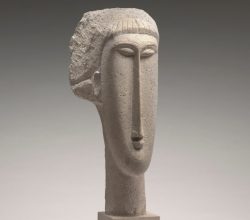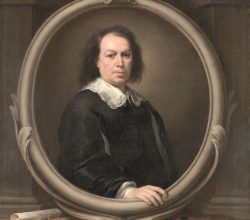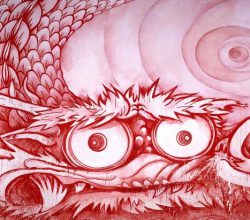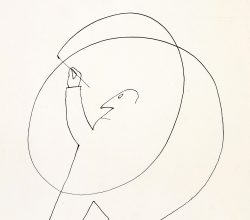
How Modigliani’s Jewishness Informed His Art
Talya Zax | Forward | 19th September 2017
An exhibition of Modigliani’s drawings focuses on the issue of identity. When he moved to Paris, Modigliani encountered anti-Semitism for the first time. This experience changed his art. Subsequent portraits of friends “conveyed … a degree of masklike opacity. In the artist’s late paintings, there are those who see, those who do not see, and those who cannot be seen or known.” More images are here.






